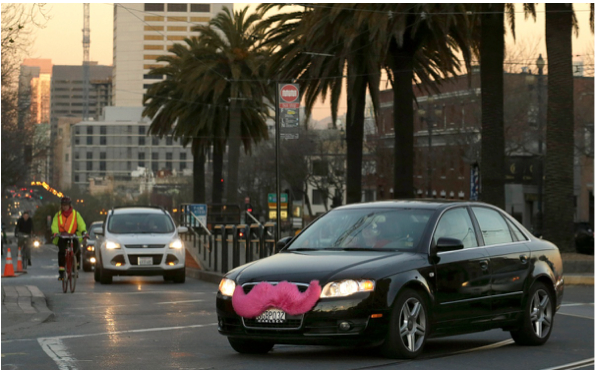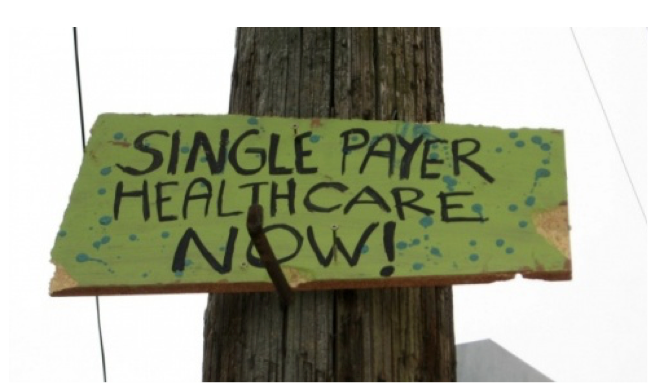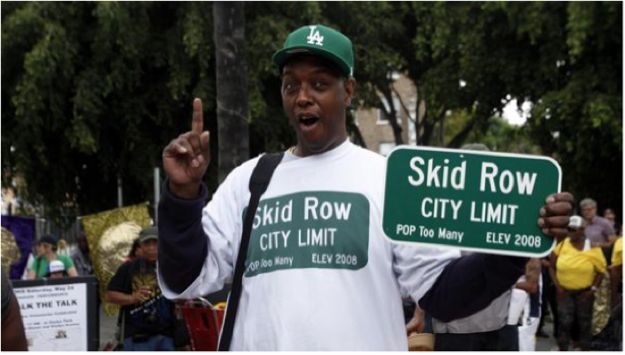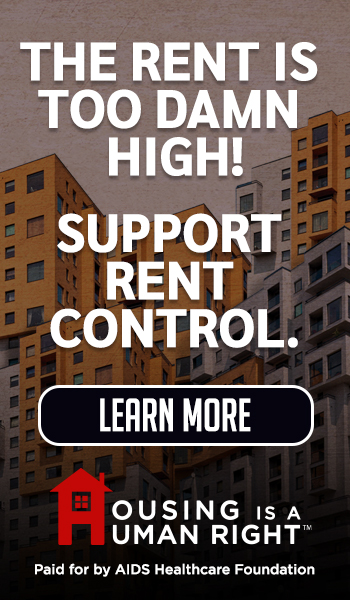ANIMAL WATCH-Captain Jeff Perry of The Los Angeles County Sheriff's Department announced on May 16, that they had confiscated 7,000 birds in the largest-ever seizure of fowl used for illegal cockfighting.
The raid was a joint effort by major agencies that included the Sheriff’s Department, LA County Animal Care and Control, LA County District Attorney, Bureau of Investigation; Humane Society of the U.S., and Society for the Prevention of Cruelty to Animals Los Angeles (spcaLA.)
On Monday, the Sheriff’s Department served a search warrant on an 80-acre property in the 29000 block of Jackson Street in Val Verde, a rural, unincorporated area of the Santa Clarita Valley. Approximately 100 personnel from the sheriff's office, along with over 50 officers and veterinary staff from animal control were involved.
Mobile fighting rings, gaffs (curved knives which are attached to the roosters’ feet for fighting,) medications, syringes, steroids and other items were found and confiscated at the site -- all indicative of illegal cockfighting.
The sheriff's video of the raid takes us through the scene, from arrival to the discovery of dead roosters thrown in a garbage bag. Numerous dogs are seen running loose and in kennels, and hens are caged with numerous chicks. Officials said many of the birds were sick.
Eric Sakach, Senior Law Enforcement Specialist for The Humane Society of the United States, described how cockfighting often "goes hand-in-hand" with such other crimes as gambling, drug-dealing, illegal gun sales and murder.
While this site has pits for fighting, Sakach said it appears to be primarily used for breeding and selling the birds, which can be "extremely lucrative."
Officials estimated that the sales price of these animals would range from $50 to $1,500 each, meaning this seizure could result in a total loss to the bird owners (aka "cockers") of $350,000 to $10,500,000.
Sakach said this location had been raided in 2007, when approximately 2,700 birds were seized, but it apparently started up again and expanded.
Marcia Mayeda, Director of LA County Animal Care and Control, emphasized in a written statement:
Cockfighting is a serious crime. Not only is it an abusive practice in which animals suffer greatly, but cockfighting birds have been found to carry diseases that pose a threat to public health and the poultry industry. Many other serious crimes occur at cockfighting operations, including the presence of illegal drugs and weapons, child abuse and neglect, domestic violence, and physical assaults. We urge residents to report any cockfighting activities, or locations where large numbers of roosters are housed, to their local animal law-enforcement agency.
She confirmed that approximately 36 bird owners had relinquished their animals. All the dogs on the property were also relinquished and are receiving veterinary care and evaluation prior to being made available for adoption.
Captain Perry said approximately ten people were initially detained, and the property owner has been identified and is the primary suspect in the case. The investigation is ongoing and the sheriff's department anticipates making more arrests.
California law for cockfighting is multi-faceted -- addressing animal cruelty, training animals for the purpose of fighting, possession of implements, and being a spectator at an event. There is also an important prohibition against bringing a minor to a cockfight.
Even if only convicted of misdemeanors, the financial penalties levied against the owner of a site for the cost of the investigation, seizure and care of the animals can be enormous and can become a lien against the property.
Captain Perry urged anyone with information about any type of animal blood-sport activity to call their local law enforcement agency.
Anyone with information about this current investigation, is asked to contact the Sheriff's Department Community Partnerships Bureau at 323-981-5300. Any illegal animal fighting can also be reported to "Crime Stoppers" at (800) 222-TIPS (8477) or any County law-enforcement agency.
A SECOND COCKFIGHT BUST IN LOS ANGELES THIS WEEK
The investigation of a location in the 13000 block of Telfair Ave. in Sylmar, prompted by complaints from neighbors of noise and offensive odors, caused members of the Los Angeles City Animal Cruelty Task Force (ACTF) to obtain a search warrant. This week they discovered 454 gamefowl in what appeared to be a training site for fighting cocks, an official confirmed.
Most of the roosters discovered were mature and had been "altered" (a procedure called, "dubbing," which involves removing the comb, wattles and sometimes earlobes of roosters.) Only about 20 of the birds were hens, and there did not appear to be a breeding operation at this location, according to the report.
The ACTF was formed in 2005 and is made up of LAPD officers and detectives, LA Animal Services Officers, and Deputy City Attorneys.
A petition filed on the LAPD website indicated a hearing under Penal Code Section 599aa was set for Monday, May 15. The LA Superior Court also authorized the disposition of the gamefowl, which was carried out on Friday, May 19. It is illegal to own or maintain gamefowl within the city limits of Los Angeles, an ACTF representative advised.
The owner of the property is reportedly facing numerous misdemeanor charges, including training animals for fighting, cockfighting, and owning/maintaining gamefowl within the City limits.
LA CITY'S ONE-ROOSTER LIMIT
The City of Los Angeles has a one-rooster limit, with other specific allowances, introduced by then-Councilmember Janice Hahn and adopted in 2008, (Sec. 53.71 LAMC). At that time 31 surrounding municipalities had completely banned roosters or placed severe restrictions on owning them, including requiring health inspections and special permits which could be revoked upon complaint.
Prior to its passage, City Council offices and Animal Services reported receiving hundreds of calls per month about crowing roosters all over LA.
Officers say the LA limit has dramatically decreased the number of complaints about crowing, sanitation and odor issues related to neighbors keeping numerous (often free-roaming) roosters, as well as curtailed the incidents of cockfighting.
The ACTF advised that they investigate all reports of more than one rooster on a property or of suspected cockfighting, and "one-by-one is assuring that no such operation exists within the city limits."
Another restriction that discourages keeping even one rooster is that most Angelenos living in residential or commercial zones cannot meet the distance requirements (LAMC Code Sec. 40.03), which requires a rooster or any fowl capable of crowing or making "like" noises to be cooped or otherwise humanely confined 100 feet from neighboring dwelling. This distance includes attached garages and means zero free roaming.
IS LOS ANGELES WINNING THE BATTLE AGAINST COCKFIGHTING?
Similar to dog-fighting, cockfighting is difficult for law enforcement to effectively address unless there is an event in progress when they arrive. Neighbors are afraid to report known or suspected cockfighters because of the violent nature of the sport and its aficionados.
Cockfighting is not a cultural or ethnic issue. It is animal cruelty in a disturbing, perverse, public display of brutality. Participation for generations does not make it an acceptable or excusable tradition. These events commonly include drugs, guns and prostitution and are often linked to human trafficking and international crime rings.
When cockfights are held in backyards or vacant lots, the worst members of society converge upon neighborhoods where children and innocent adults also become victims of noise, violence and exposure to criminals who would not otherwise be in the community.
Cockfighting is now illegal in all 50 states, and California has strong, comprehensive laws to address it (see below.) Law-enforcement agencies in LA city and county have committed to winning this fight -- but they will need our help.
If you suspect cockfighting (or other cruelty to animals) in the City of Los Angeles, call the Animal Cruelty Task Force at (213) 486-0450 or provide as much information as possible -- anonymously if necessary -- to Crime Stoppers at 1-800-222-TIPS (1-800-222-8477.)
CA Fighting-Animal Provisions Related to Cockfighting:
(Phyllis M. Daugherty is a former City of LA employee and a contributor to CityWatch.) Edited for CityWatch by Linda Abrams.
-cw











